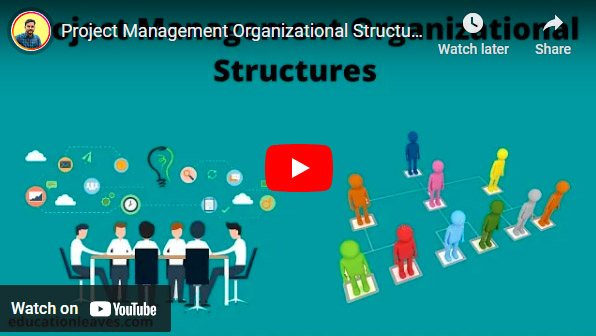Are you organized?
Project management organizational structures are not something that people talk about much these days, but they play a pivotal role in determining how projects are executed, managed, and delivered within an organization. The choice of structure can significantly impact project success, team dynamics, communication channels, and overall efficiency. In this post, we delve into various project management organizational structures, including weak and strong matrix structures, their characteristics, advantages, and disadvantages, to help you understand which one suits your organization’s needs best. Below we will look at understanding project management organizational structures.
Functional Organizational Structure
This first project management organizational structure is the traditional structure. The whole place works in silos like the old military world. This is exactly what project management was meant to attack. Project management is the special forces of business.
In a functional organizational structure, teams are organized based on their specialized skills or functions (e.g. Engineering, Operations, etc.). Each team member reports to a functional manager, and projects are managed within the functional department.
Advantages: Clear career paths, specialized expertise, and efficient resource utilization within departments.
Disadvantages: Limited communication across functions, potential for conflicts over resource allocation, and slower decision-making.
Project-Based Organizational Structure
This is where the project manager has full control and the project is essentially its own department. In a project-based structure, teams are created specifically for individual projects and are dissolved once the project is completed.
Advantages: Clear project focus, efficient communication, and flexibility in team composition.
Disadvantages: Lack of continuity and potential for duplication of resources.
Matrix Organizational Structure
The matrix structure is the most common organizational structure and combines elements of functional and project-based structures. Employees report to both functional managers and project managers, creating dual reporting relationships.
Advantages: Enhanced communication, resource sharing, and flexibility in resource allocation.
Disadvantages: Complex reporting relationships, potential for power struggles, and increased administrative overhead.
Weak Matrix Organizational Structure
In a weak matrix structure, the balance of power leans towards the functional manager, with the project manager having limited authority. Project managers may lack control over resources and decision-making, with functional managers retaining more influence.
Advantages: Clear functional hierarchy and efficient resource utilization within departments.
Disadvantages: Limited project manager authority, potential for conflicts with functional managers, and slower project decision-making.
Strong Matrix Organizational Structure
In a strong matrix structure, the balance of power tilts towards the project manager, with significant authority over resources and decision-making. Functional managers may act in an advisory role, while project managers have direct control over project activities.
Advantages: Clear project focus, streamlined decision-making, and efficient resource allocation.
Disadvantages: Potential for conflicts with functional managers, challenges in balancing project and functional priorities, and increased project manager workload.
Choosing the Right Organizational Structure
The first step in choosing an organizational structure is to consider factors such as project size, complexity, duration, and organizational culture. The second step is to evaluate the availability of skilled resources and their alignment with project requirements. While all of this is important, we must also consider stakeholder engagement which includes involving key stakeholders in the decision-making process to ensure buy-in and support for the chosen structure. That said, we should always operate in a closed loop which means Continuous Improvement. This means that we need to regularly review and refine the organizational structure based on lessons learned from previous projects and changing organizational needs.
Conclusion
Project management organizational structures serve as the framework for how projects are managed within an organization. By understanding the characteristics, advantages, and disadvantages of different structures, organizations can make informed decisions to optimize project performance and achieve their strategic objectives. Whether it’s a functional, project-based, weak matrix, or strong matrix, the key lies in aligning the structure with the unique needs and dynamics of each project and fostering a culture of collaboration and adaptability.
Let’s Git-R-Done this week!

